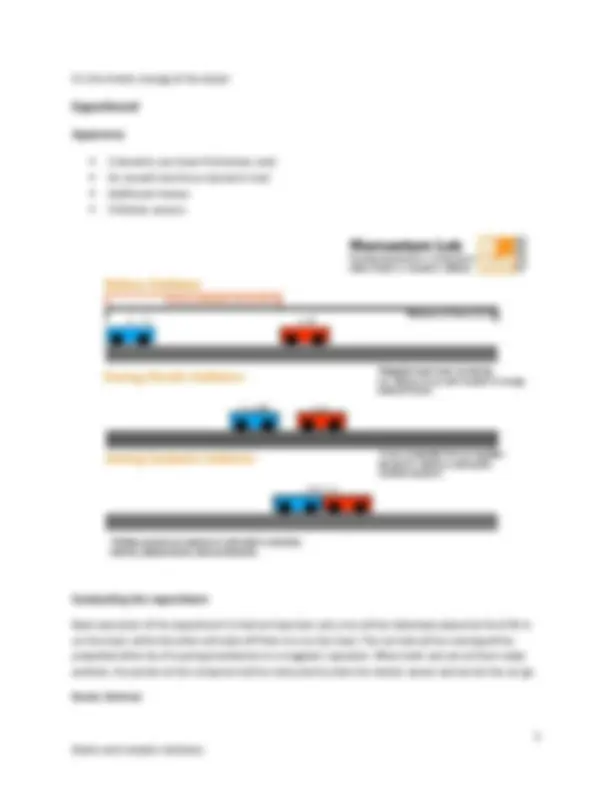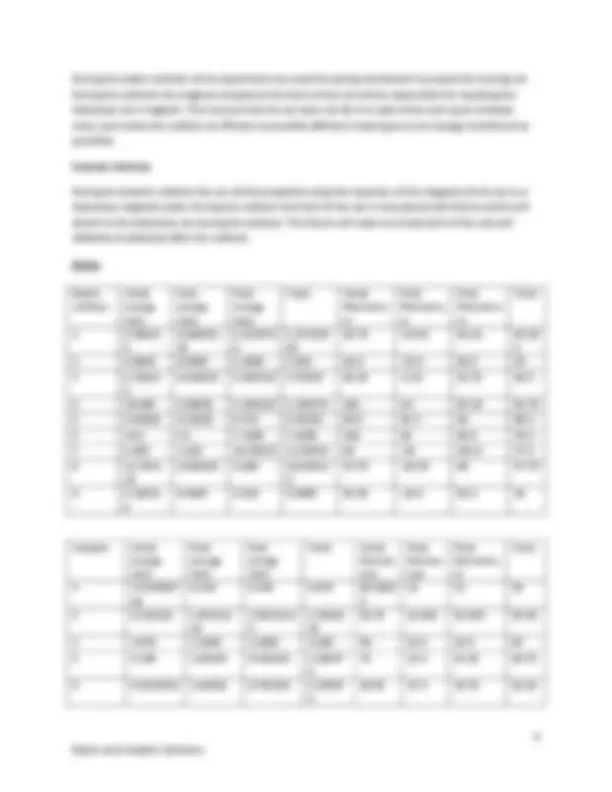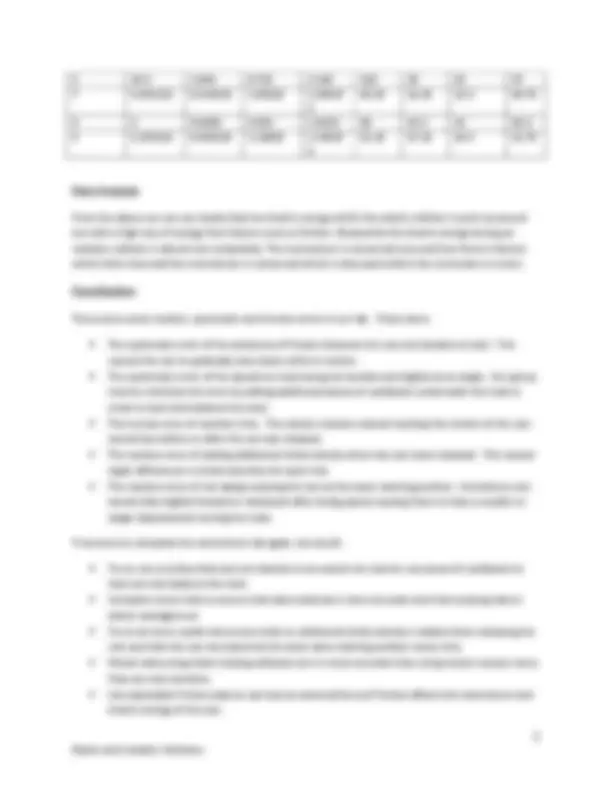





Study with the several resources on Docsity

Earn points by helping other students or get them with a premium plan


Prepare for your exams
Study with the several resources on Docsity

Earn points to download
Earn points by helping other students or get them with a premium plan
Community
Ask the community for help and clear up your study doubts
Discover the best universities in your country according to Docsity users
Free resources
Download our free guides on studying techniques, anxiety management strategies, and thesis advice from Docsity tutors
The concepts of elastic and inelastic collisions, focusing on the conservation of momentum and kinetic energy. The authors, Victor Jeung, Terry Tong, Cathy Liu, and Jason Feng, conducted an experiment to verify these principles. the abstract, introduction, variables, equations, and data analysis of the experiment.
What you will learn
Typology: Lecture notes
1 / 5

This page cannot be seen from the preview
Don't miss anything!




Elastic and Inelastic Collisions
Conservation of momentum that exists within elastic and inelastic collisions
Victor Jeung, Terry Tong, Cathy Liu, Jason Feng
November 25 th, 2011
The type of collisions between two objects is differentiated by the conservation of kinetic energy after
the collision. When an elastic collision occurs between two objects regardless if one is stationary or
moving, the result is that the kinetic energy is transferred between the objects and conserved in a
perfect environment. During an inelastic collision the objects involved within the collision are stuck
together, while the total momentum of the object is conserved. Kinetic energy is lost through either
internal forces or heat. The lab that we have conducted is to verify the conservation of momentum by
changing the independent variables and recording the dependent variables in both elastic and inelastic
collisions.
The total momentum before and after the collision will be conserved, as stated by the conservation of
momentum law, while kinetic energy will or will not be conserved depending on the type of collision
that occurs.
Within this lab, we experience a number of variables that we can and cannot control. The controlled
variables are the initial velocity of one car, the mass of each car, the coefficient of kinetic friction
between the car and the track. The independent variable is the time the cars travel. The dependent
variable is the velocities of the cars during the collisions of both cars.
Equation
𝑝⃗ = mv�⃗ Momentum formula
𝐽⃗ = 𝐹⃗∆t = ∆���p�⃗^ Impulse formula
𝑝����⃗ 1 = 𝑝����⃗ 2 In conservative system this holds true
K = 12 𝑚𝑣 2 Kinetic Energy formula
v𝑎 − 𝑣𝑏 = −(𝑣𝑎′^ − 𝑣𝑏′^ ) (In elastic collision)
m𝑎 𝑣����⃗𝑎 + m𝑏 𝑣����⃗𝑏 = (𝑚𝑎 + 𝑚𝑏)𝑣���⃗ ′^ (In inelastic collision)
p is the momentum of the object
m is the mass of the object
v is the velocity of the object
J is the impulse of the object in a certain period
F is the force acting on the object
t is the period for the force acting on the object
During the elastic collision of the experiment we used the spring mechanism to propel the moving car.
During the collision the magnets situated at the front of the car will be responsible for repelling the
stationary car’s magnets. This ensures that the car does not fly in to each other and cause a bloody
mess, and makes the collision as efficient as possible (efficient meaning as much energy transferred as
possible).
Inelastic Collision
During an inelastic collision the car will be propelled using the repulsion of the magnets of the car to a
stationary magnetic plate. During the collision the front of the car is now placed with Velcro which will
attach to the stationary car during the collision. The Velcro will make sure that both of the cars will
defiantly be attached after the collision.
Elastic collision
initial energy Car
final energy Car
final energy Car
Total Initial Momentu m
Final Momentu m
Final Momentu m
Total
Inelastic initial energy Car
final energy Car
final energy Car
Total Initial Momen tum
Final Momen tum
Final Momentu m
Total
From the above we can see clearly that the kinetic energy within the elastic collision is well conserved
but with a high loss of energy from factors such as friction. Meanwhile the kinetic energy during an
inelastic collision is almost lost completely. The momentum is conserved very well but there is factors
which limits how well the momentum is conserved which is discussed within the conclusion in errors.
There were some random, systematic and human errors in our lab. These were:
If we were to complete the momentum lab again, we would: